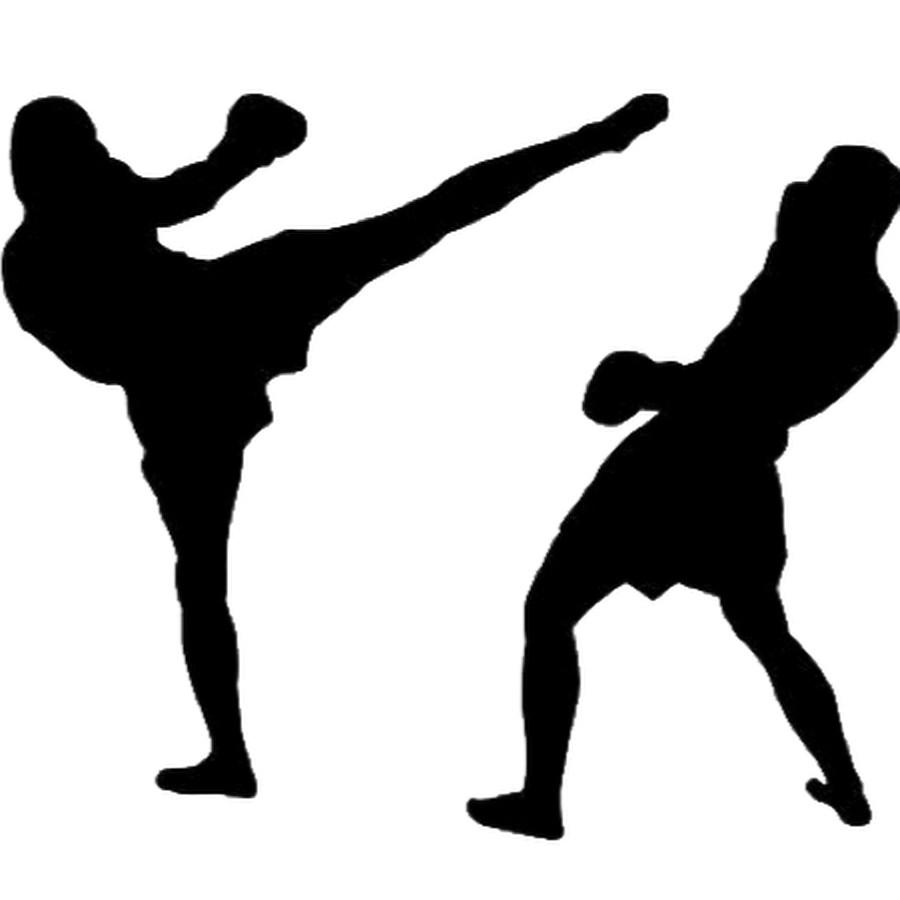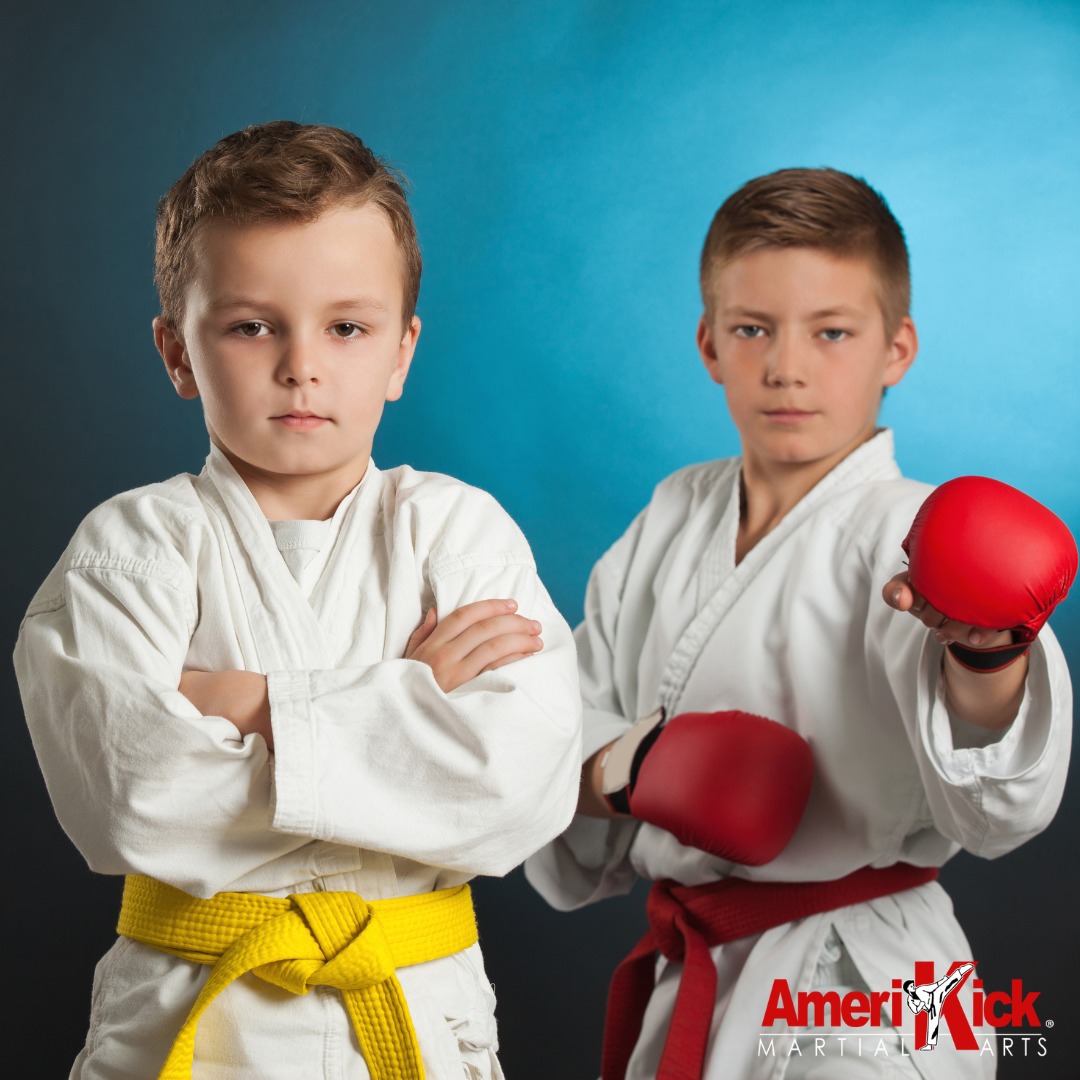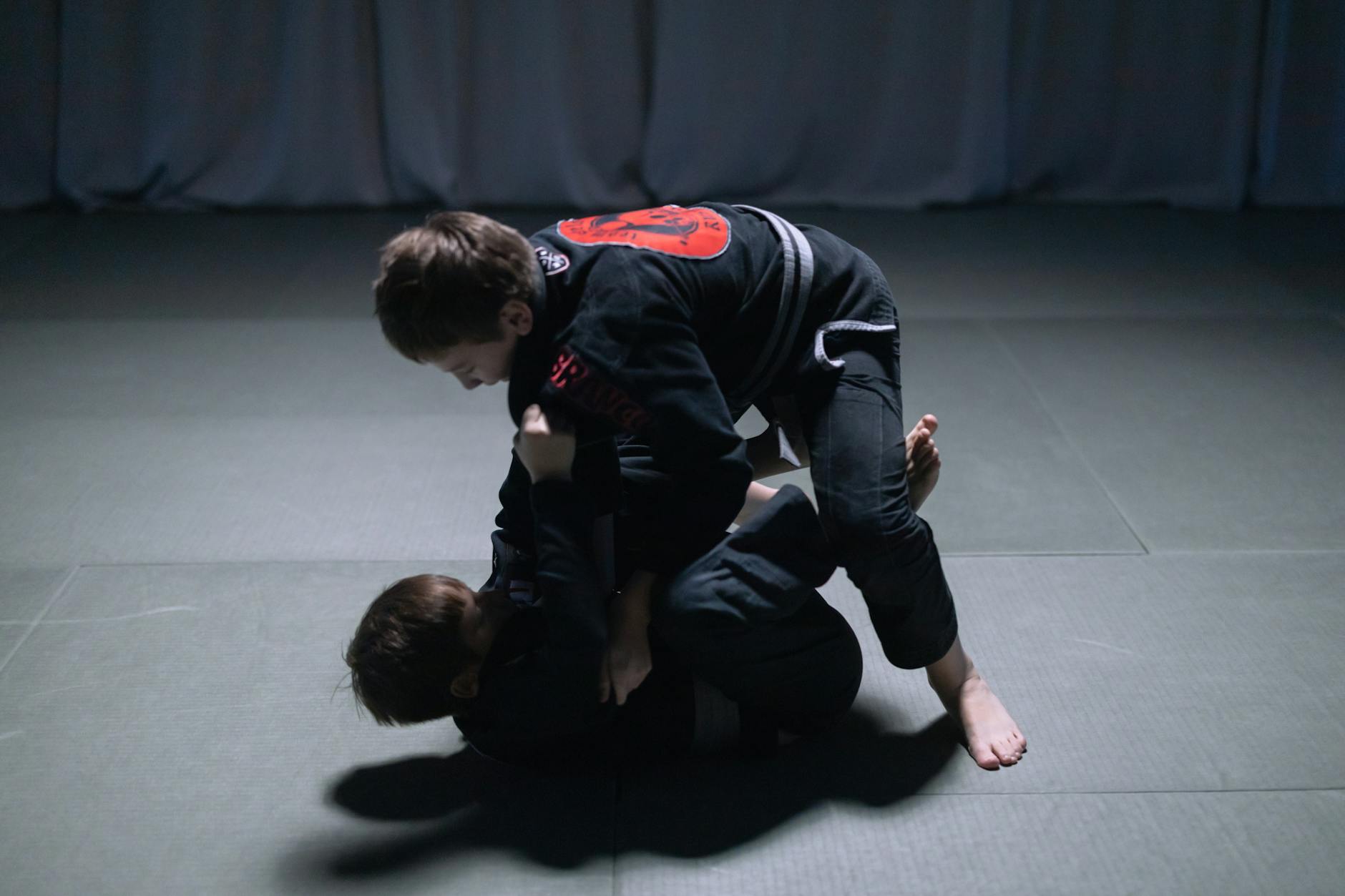

ADHD affects many kids, making it tough for them to stay focused, follow routines, and handle big feelings. Parents often look for options beyond traditional treatments, hoping to help their children succeed both in and out of school. Martial arts stand out as a smart choice, offering a unique mix of structure, discipline, and exercise. Recent research shows that martial arts can help kids with ADHD build self-control, improve focus, and even boost confidence—creating real, positive changes where it matters most.

Photo by Tara Winstead
Most parents have heard of ADHD, but living with it is a different story. Kids with ADHD experience more than just trouble paying attention. Their brains work differently, bringing unique challenges every single day—at home, school, and everywhere in between. To support these children, it’s important to understand what’s really going on beneath the surface.
ADHD stands for attention-deficit/hyperactivity disorder. The diagnosis covers three main types of symptoms:
Most children show a mix of these behaviors, but one may stand out more than the others. ADHD isn’t something that “looks” the same all the time.
Beneath the behavior, real changes in the brain shape how kids with ADHD think and act. Research finds that:
Think of it as a car with sticky brakes and an extra-sensitive gas pedal. The child’s ability to stop and think can be weaker, but the urge to go is strong.
Daily life with ADHD can feel like a constant uphill climb. Even simple routines, like getting ready for school or finishing chores, take more effort. These difficulties often spill over to:
Over time, the repeated setbacks can affect how kids see themselves. Many start to believe they can’t succeed, lose confidence, or withdraw from new activities. Building up their self-esteem and sense of belonging is essential. When kids feel understood and supported, they’re more likely to show resilience and grow beyond their challenges.
Martial arts do more than teach kicks and blocks—they offer kids with ADHD something many activities can’t. These classes give structure, repetition, and clear expectations, helping children build focus, discipline, and control. Instructors know kids thrive when lessons feel predictable and achievements are within reach. Let’s take a closer look at how this positive, active environment targets real ADHD struggles and helps students grow strong from the inside out.

Photo by cottonbro studio
Kids with ADHD often balk at chaos and unpredictability. Martial arts offer a solution: every class follows a set routine. Students know what to expect—each session begins with warm-ups, moves into drills, then wraps up with practice and cool-down.
This rhythm makes life more predictable. Children with ADHD find comfort in knowing what comes next, and repetition is their ally. Following clear routines:
In martial arts, progress is visible. Earning a new belt or stripe gives clear feedback: hard work leads to rewards. This goal-oriented system reinforces consistency—in both behavior and practice—that kids can bring home and to school.
ADHD tries to steal attention from anything not instantly exciting. Martial arts flip the script by weaving attention into every drill. Children must watch, listen, move, and react—all at once.
Kicks and blocks aren’t just physical. They’re brain workouts. Learning and performing new combinations demands that kids:
Physical engagement keeps minds alert. Martial arts use movement to keep attention strong—perfect for busy hands and wandering minds. Active bodies mean active brains, increasing confidence with each session. Over time, this repetitive practice strengthens focus, paving the way for success in class and beyond.
One of ADHD’s biggest hurdles? Impulsivity. Martial arts turn this challenge into a skill. Before every move, kids must stop, listen, and wait for the right cue. Quick reactions are useful—but only at the right time.
Each lesson is woven with discipline:
Instructors model and demand respect and patience. Kids learn to pause and think, building the control needed to manage impulses and emotions. This self-regulation doesn’t end on the mat; it carries over to friendship, family life, and schoolwork.
With every class, martial arts help kids with ADHD transform busy energy into focused action, making real change through movement, structure, and caring instruction.
Martial arts are about discipline and movement, but they also work on the brain in ways that make life easier for kids with ADHD. From stronger thinking skills to better mood, martial arts offer a natural way to help children manage the invisible challenges of ADHD. Here’s how regular practice sparks changes you can’t always see—but can definitely notice.
Research continues to show that martial arts training can fine-tune the brain’s “control center.” Children with ADHD often struggle with executive functions—tasks like focusing, planning, and stopping themselves from acting too quickly. Martial arts classes tackle these through:
Studies using brain scans and cognitive tests have found that martial arts can sharpen attention and boost working memory. Kids who train regularly show improvements in tests of focus and problem-solving. There’s even evidence that sustained martial arts practice may support the release of brain chemicals like dopamine and norepinephrine—both of which are key for attention and motivation in ADHD.
ADHD can bring big feelings—frustration, excitement, anxiety—that are hard for kids to handle. Martial arts offer a safe place to practice calming techniques and clear rules for behavior. Here’s what sets it apart:
A growing body of research suggests that this mix of movement, mindfulness, and positive social support can reduce aggression, improve emotional self-control, and help ADHD kids fit in better with peers. Some studies have even linked martial arts training with better regulation of stress hormones like cortisol and more balanced mood.

Photo by cottonbro studio
For many families, hyperactivity is the biggest hurdle—kids who can’t sit still or have “engines” that never seem to turn off. Martial arts don’t fight this trait; they channel it into movement that’s structured and meaningful.
Movement triggers the release of “feel-good” chemicals in the brain—like serotonin and dopamine—that can lift mood and sharpen attention for kids with ADHD. Research highlights show regular martial arts practice is linked to fewer outbursts, more on-task behavior, and a healthier outlet for big energy.
In each class, kids aren’t just learning self-defense—they’re building stronger brains, better habits, and real tools for everyday challenges.
Combining martial arts with traditional ADHD treatment offers a practical and empowering approach for families. While medication and behavioral therapy lay a solid foundation, martial arts introduce skills that reach beyond the doctor’s office or classroom. The structure, movement, and supportive community in martial arts classes can fit seamlessly into a child’s broader care plan—helping them gain better control, confidence, and focus in daily life.
Martial arts aren’t a substitute for medication or therapy, but they work well alongside them. Many kids with ADHD take medications to help balance their brain chemistry, making it easier for them to focus and calm down. But day-to-day challenges still come up—at home, at school, or out in the world.
Martial arts tap into a different side of ADHD management:
Studies suggest this combination is strongest when parents, doctors, and instructors share information and support each other’s strategies. For example, an instructor made aware of a child’s medication schedule or particular struggles can adjust exercises for days when focus is tougher.
Not all martial arts programs are the same. When integrating martial arts into ADHD management, the right instructor and class structure make all the difference.

Photo by Ron Lach
Effective programs for kids with ADHD do a few things really well:
When programs adapt for ADHD, they welcome all kinds of learners—not just those who are “naturals” at focus or physical skills. Flexibility is key. Some days, a student may need to sit out for a minute or try a new way of following along. Instructors who pay attention to these needs create an environment where every child can improve, not just keep up.
This tailored approach helps kids with ADHD feel seen. They’re not “problems” to be fixed, but partners in their own growth. The result? A boost in confidence and the skills to handle life’s ups and downs—both inside and outside the dojo.
Starting martial arts can give kids with ADHD a big boost in confidence, focus, and self-control. But not every class or school is the right fit. The school’s environment, the teacher’s experience, and the school’s approach to discipline and learning all matter. Before you sign your child up, take a little time to ask questions, observe classes, and make sure it’s a good match for your child’s needs.

Photo by cottonbro studio
Finding the best fit starts with looking at both the style and the school. Some martial arts, like karate and taekwondo, put a strong focus on structure, routines, and respect. Others, like Brazilian jiu-jitsu, stress personal attention and positive reinforcement. Look for programs that:
Visit a few schools. Watch a class. See if the space is clean, safe, and friendly. Notice how instructors talk to the kids and handle tricky behavior. A welcoming, structured environment helps kids with ADHD feel secure and ready to try new challenges.
A skilled teacher can make a huge difference for a child with ADHD. Don’t be shy—ask direct questions about the instructor’s background and approach. Here’s a list of useful questions you might bring to a tour:
You can also ask about class size and student-to-teacher ratios. Smaller groups mean more personal attention. Check if the staff has first aid training and if the school’s equipment and mats meet safety standards. An instructor who “gets it” won’t see a child as trouble—they’ll look for ways to help every kid succeed.
Every child learns and grows at their own speed, and this is especially true for kids with ADHD. Progress might not always show up as a new belt or trophy. Small wins—like waiting their turn, remembering a sequence, or making a new friend—are just as important.
Keep an open line with your child’s instructor. Ask about:
Set realistic, short-term goals for both skills and behavior. Celebrate their progress, no matter how small. Growth takes time and patience. Remember, martial arts is a journey, not a race. Every child’s “win” looks different—a quiet high-five, memorizing the steps to a new move, or simply looking forward to coming back next week.
With clear expectations, steady communication, and the right instructor, your child can thrive both in and out of the dojo.
Martial arts bring lasting benefits for kids with ADHD—supporting stronger focus, better self-control, and greater confidence. These classes turn movement and routine into building blocks for real growth, using clear structure, skilled coaching, and a supportive community.
Current research backs what many parents see firsthand: the right martial arts program does more than keep kids active. It builds attention, helps manage emotions, and celebrates every win—big or small.
If you’re searching for a positive, research-based way to help your child thrive, consider joining a local dojo or studio. Martial arts fit well alongside traditional care, giving your family another trusted tool for lasting progress.
Thanks for reading and being part of your child’s journey. Feel free to share your experiences or questions below—your voice can guide and inspire other families navigating the same path.